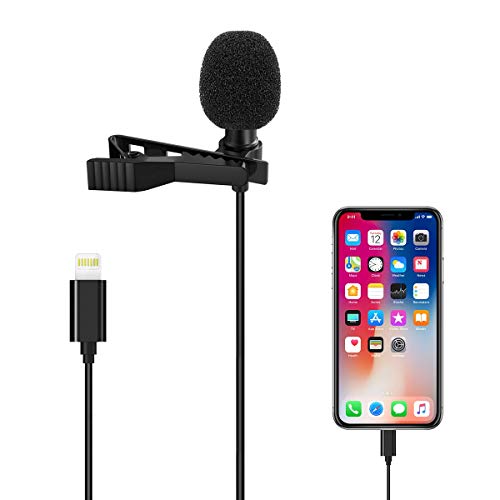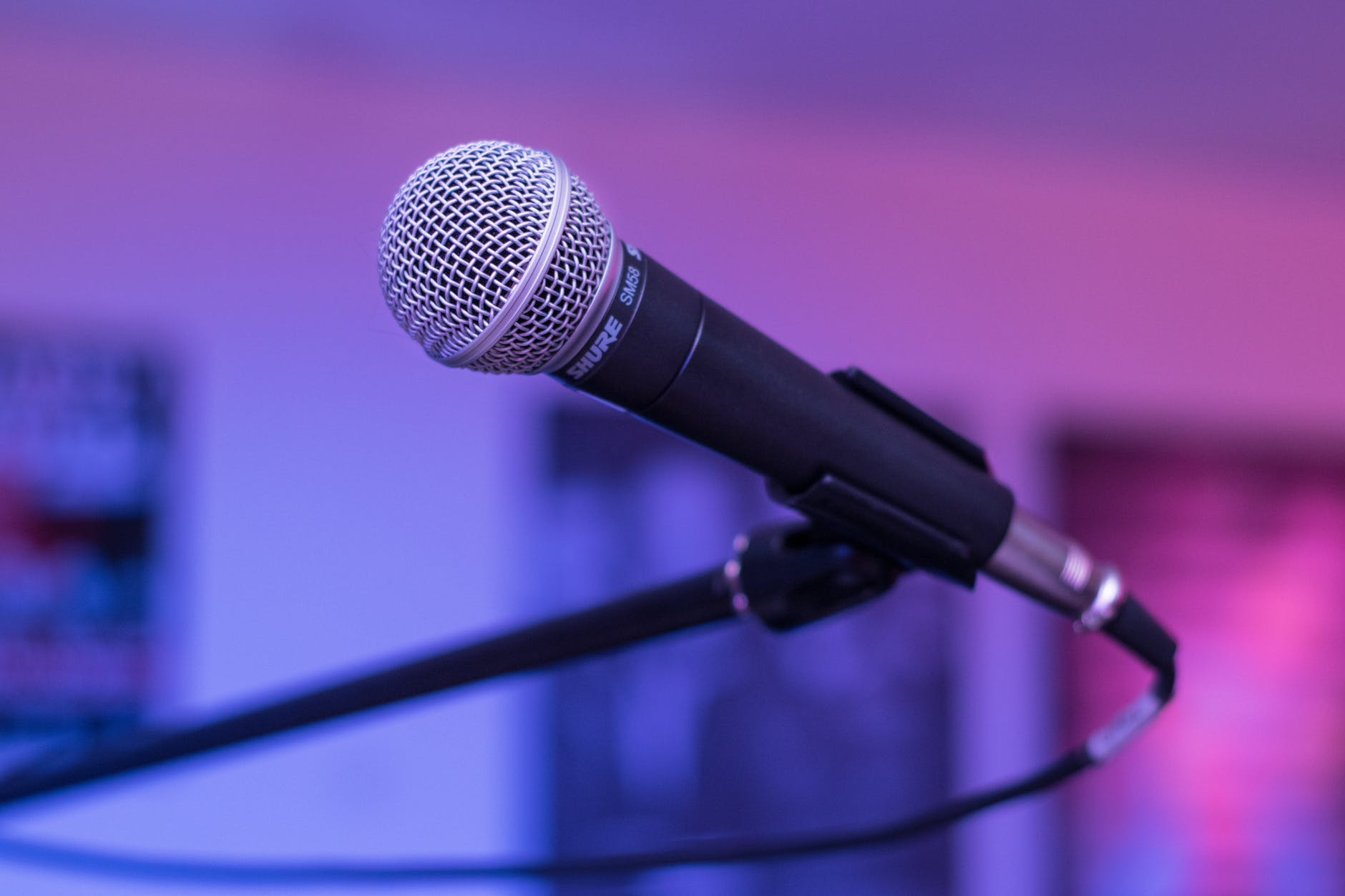


Not taking recording space into account is the most common mistake up-and-coming podcasters make, says Podcast Network Solutions’ Toby Goodman. Your recording space matters - even more than you might thinkįor quality audio, the space in which you’re recording is just as important as a good microphone. “Condenser microphones pick up a lot more nuanced than dynamic microphones, but for many people, that means a condenser will pick up a lot more unwanted background noise,” says Buzzsprout’s Alban Brooke.Ī good way to mitigate unwanted background noise is to pay close attention to the space where you record your podcast. The increased sensitivity of condenser mics comes with a tradeoff: you run the risk of recording background noise alongside all that added nuance. Condenser microphones capture more nuance in vocal recordings than dynamic microphones, which can lead to a richer, more natural sound. That’s not a selling point for podcasters - unless you’re recording on stage at a concert, which actually does sound like a great idea for a podcast.īecause of their lower sensitivity, dynamic microphones roll off some higher frequencies and produce a “warmer” sound, akin to a classic “broadcast” or “radio” sound. Practically speaking, dynamic microphones are less sensitive to sound and more physically durable than condenser microphones.ĭynamic microphones are capable of recording at far higher volumes than condenser microphones, which is why you’ll see the Shure SM-58 on concert stages worldwide. Each is built differently, and if you’re so inclined, you can read more about the science that separates these two kinds of mics. Dynamic microphones pick up less sound than condenser microphones, but that can be a good thingĪs far as podcast microphones go, the choice is between dynamic microphones or condenser microphones. “Get an Audio Technica ATR2100 and a Behringer interface, and for less than $200, you have something that will give you professional-quality sound,” she says.
Best podcast microphone professional#
“Audio interfaces are a must for good sound,” says Kate Astrakhan, an audio engineer at professional podcasting agency Podcast Network Solutions. One key benefit XLR mics offer over USB mics is the lower noise floor provided by the audio interface or mixer, which essentially acts as an external sound card.
Best podcast microphone how to#
“Your time should be spent podcasting, not learning how to record, edit, or upload your podcast,” he says. For Alban Brooke, head of marketing at podcast host Buzzsprout, that simplicity and ease of use goes a long way. USB microphones are plug ‘n play, so all you’ll need to do to get them up and running is make sure that you’ve selected the right microphone in the “Input” panel of your podcasting software. Audio interfaces, used widely in professional recording studios, will add additional audio routing and processing capabilities to your recording setup. XLR microphones require additional hardware - an audio interface or mixer - to connect to your computer, but offer flexibility and versatility that USB mics can’t match. USB ports are ubiquitous, so there’s a very good chance whatever you’re using to record your podcast has a USB port built-in. There’s a lot to be said for something that just works, and that’s why USB microphones are popular.


 0 kommentar(er)
0 kommentar(er)
